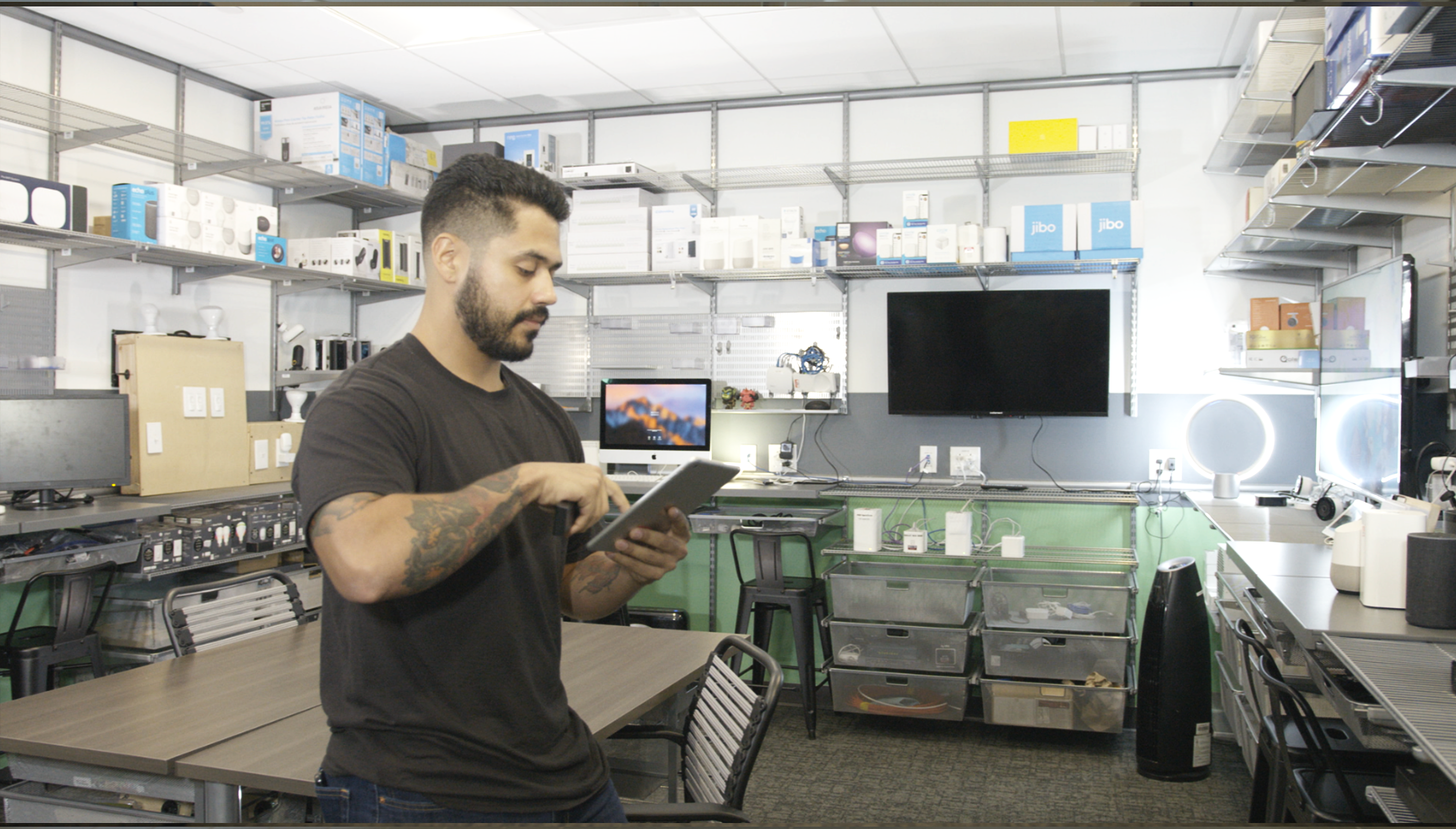
The product experience is a concept which most companies have been focusing on for some time. It's one of the most important experiences for product-led businesses to focus on since measures and optimizes the relationship between a user and your product.
In an ever-changing world, countless transformative elements are constantly disrupting business models and processes. But one thing remains constant is the growing demand to simplify and elevate the product experience for a customer.
Ensuring that your products go beyond what your customers ever thought they wanted in your product is what transforms them from a customer into a loyal fan and in turn, your product into a passion.
PX is the human response to the collection of small interactions with your product, from marketing materials to ease-of-use, to design. Every level of the purchasing process from the purchase through the product life cycle affects how your customer will respond to your hardware or software product.
Such is the importance of PX; it creates or breaks the overall value of a product and has a direct impact on a customers lifetime value.
Businesses used to rely on top-level management to identify and guess what to build and how to build a product experience which yielded favorable results. This was before digital technologies were available and testing new ideas were costly. Companies nowadays employ different tactics that ensure the best product experience possible.
Clayton Christensen of Harvard Business School said that over 30,000 new consumer products are launched yearly and 80% of them fail, and this due to lack of preparation. That is why intensive product testing before launch is important to ensure a product’s quality.
Some of the tests company use are:
Applying these methods ensure outstanding usability and performance. Doing so allows developers to resolve glitches or bugs before the actual launch of the product.
To further improve products, some company employ other testing methodologies like Systematic Insights®. It is a data-driven methodology for improving CX and DX. Systematic Insights strikes the problems at its roots to minimize support calls for products or services.
According to Crowdtop, user-created content is 50% more trusted and 35% more memorable than other types of media content. But malicious or inappropriate content is also much more likely to get organizations and their users in trouble.
Effective content moderation is vital to preservation of positive experiences on the parts of content contributors and consumers. That is why it is very important for companies to equip themselves with the soft skills and hard technologies required to maximize efficiency and convert content moderation into a true brand-building asset.
To prevent losses and retain customer trust, fraud detection and prevention is a critical issue that organizations must address. Maintaining a consumer’s privacy and protecting their online identity against fraudulent behavior should be a top priority.
Companies may apply an automated process that flags risky transactions right away. To ensure a frictionless experience, fraud control and identity verification must happen in the background and provide a hassle-free buying experience to the consumer.
Still, the right skill for an effective fraud detection management is a combination of won intuition and knowledge base- which only come from agent longevity and effective training.
Investing in community management is one of the vital steps to build a strong brand presence. A ‘community’ refers to your new and existing customers, and it also pertains to everyone who interacts with your business whether directly or indirectly. Build one closes the gap between a company and their customers.
According to a Sector Intelligence survey of Fortune 500 companies, 86% of brands reported they have gained deeper insights on their customer needs through branded communities. This group of like-minded individuals could turn customers into loyal fans. It also provides valuable insights and feedback towards your product.
Word-of-mouth is one of the greatest marketing tools, and positive reviews ensure more business. Make sure to apply community guidelines to keep the conversations polite and effective.
According to Gartner, around 1 million connected devices will be purchased and installed each hour by 2021, which will surely increase the demand for quality support.
A strong tech support team is required to address any product/service issues to ensure that all kinds of glitches can be solved immediately.
Failure to deliver immediate and effective tech support raises the risk of losing your customers. Acquiring excellent customer support to ensure product functionality on all channels, through voice, video, or chat, is a must.
Related Posts & Case Studies: